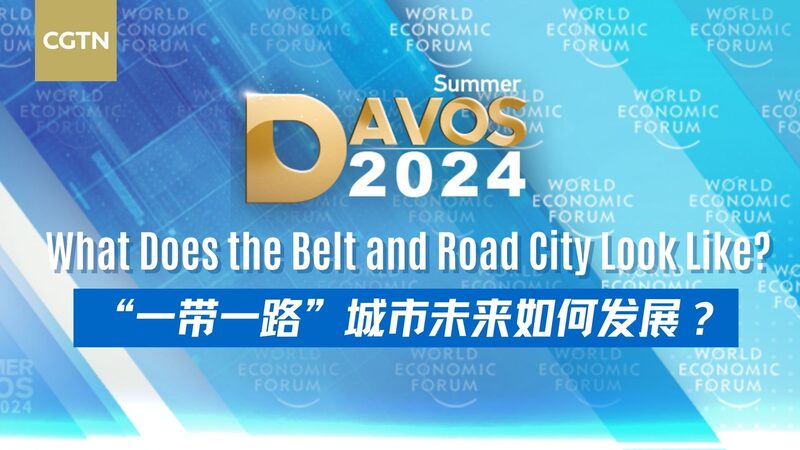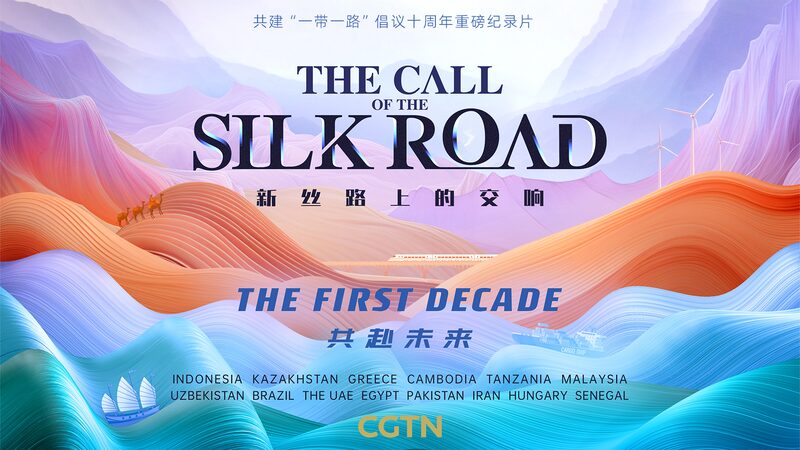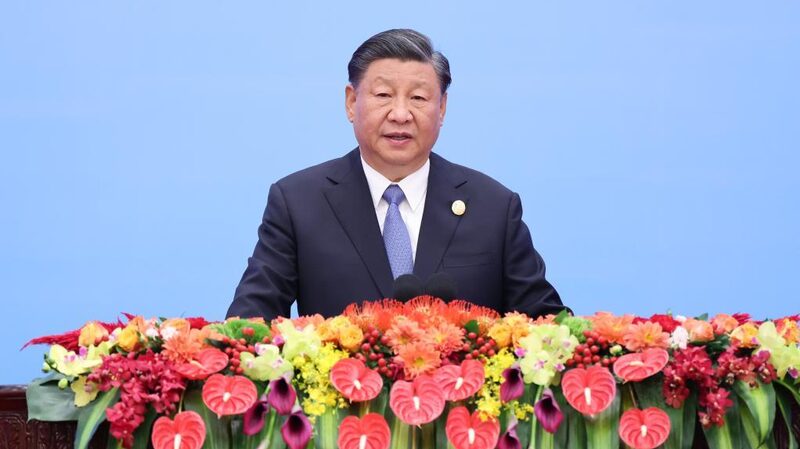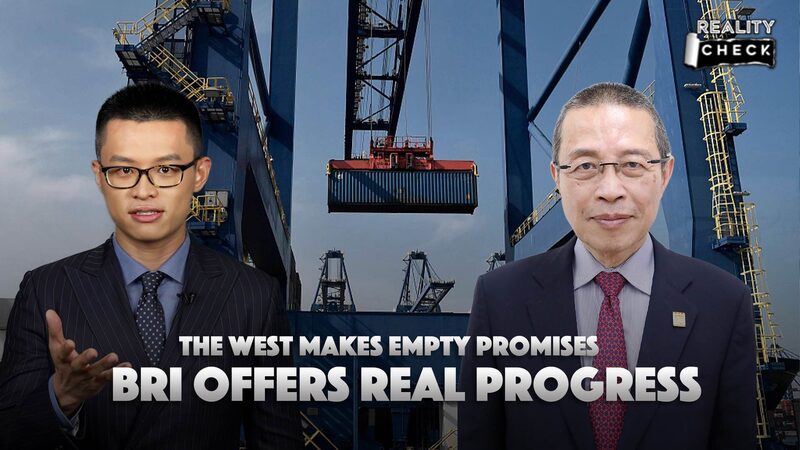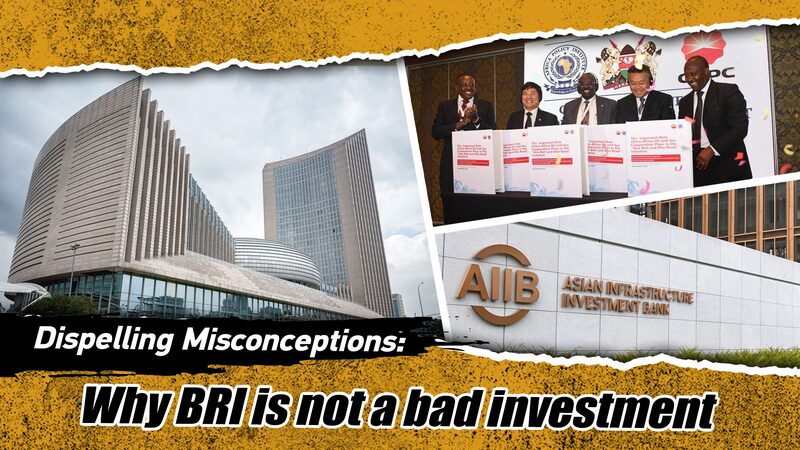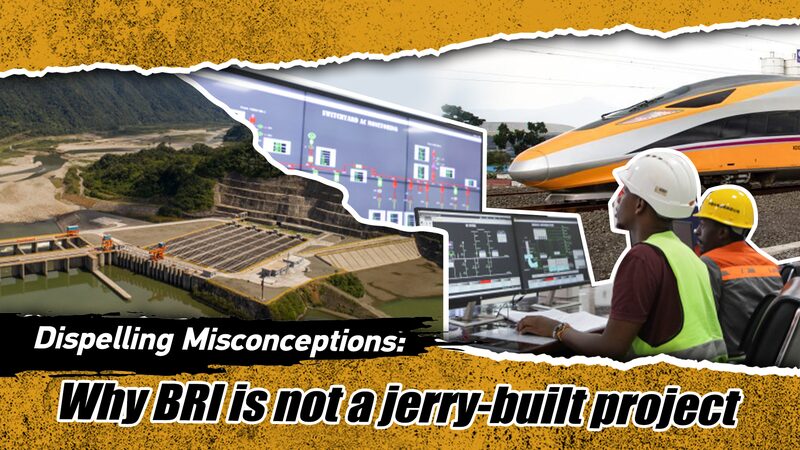Picture this: futuristic smart cities rising like something out of a Marvel movie, solar-powered highways snaking across continents, and eco-friendly ports buzzing with trade. 🏙️⚡ That’s the vision China’s Belt and Road Initiative (BRI) is chasing as it marks over a decade of reshaping global infrastructure.
Launched in 2013 to revive ancient Silk Road trade routes, the BRI has built roads, railways, and ports from Jakarta to Nairobi. But now, the focus is shifting to a bigger challenge: creating sustainable cities that balance economic growth with green innovation. 🌱
\"Think less dusty construction sites, more AI-driven energy grids,\" says Dr. Li Mei, an urban planner working on BRI projects. Solar parks in Pakistan, wind farms in Kazakhstan, and zero-waste industrial zones in Malaysia are just a few examples of how BRI partners are reimagining urban development while tackling climate change.
But here’s the catch: building greener cities isn’t cheap. 💸 Countries like Sri Lanka and Kenya are pushing for \"climate-friendly loans\" and tech-sharing deals to avoid debt traps. Meanwhile, Chinese firms are rolling out affordable EV fleets and smart water systems in BRI hubs – proving sustainability can be both cool and cost-effective. 🔌🚅
Young professionals are taking notice. \"My TikTok feed is all about BRI eco-cities now,\" laughs Sara Chen, a Malaysian student studying renewable energy. #GreenBRI has even trended in Southeast Asia as Gen Z demands climate action.
So, what’s next? With the UN’s Sustainable Development Goals as a roadmap, BRI cities could become blueprints for a world where skyscrapers and solar panels coexist. 🌐 The road ahead? Still bumpy. But as one engineer in Ethiopia put it: \"We’re not just building infrastructure – we’re building the future.\"
Reference(s):
cgtn.com
